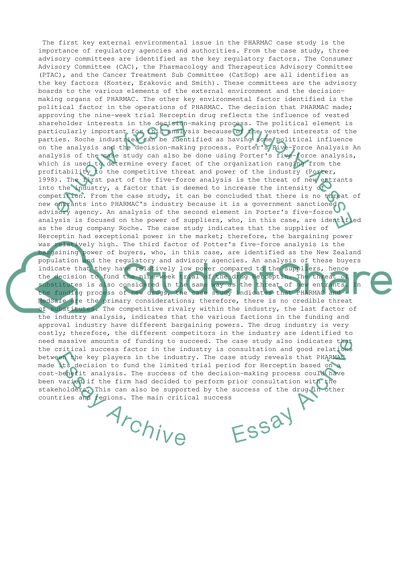Cite this document
(“Porter's Five-Force Analysis Case Study Example | Topics and Well Written Essays - 1250 words”, n.d.)
Retrieved from https://studentshare.org/business/1433817-creating-strategy
Retrieved from https://studentshare.org/business/1433817-creating-strategy
(Porter'S Five-Force Analysis Case Study Example | Topics and Well Written Essays - 1250 Words)
https://studentshare.org/business/1433817-creating-strategy.
https://studentshare.org/business/1433817-creating-strategy.
“Porter'S Five-Force Analysis Case Study Example | Topics and Well Written Essays - 1250 Words”, n.d. https://studentshare.org/business/1433817-creating-strategy.


